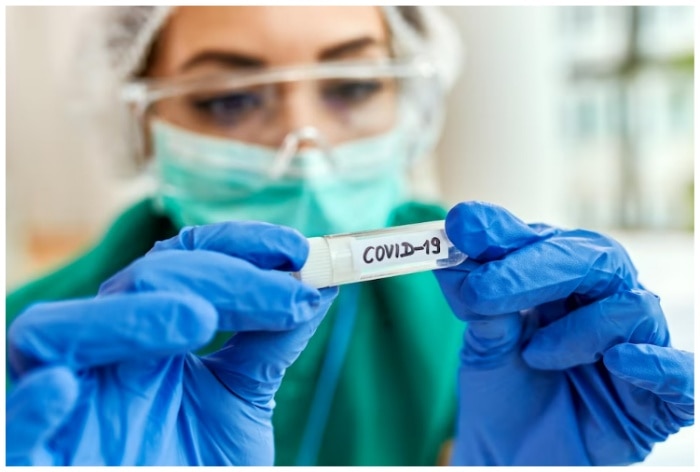The latest Covid subvariant, BA.2.86 has now been detected in two more countries. This variant is a highly mutated and is currently a ‘variant under monitoring.’

The highly mutated new Covid variant BA.2.86 has now been detected in two more countries – Switzerland and South Africa. Reportedly, the new variant is driving the surge in cases in UAE, USA, UK, Israel, Denmark and few more countries. According to Reuters report, the Omicron offshoot carries more than 35 mutations in key portions of the virus compared with XBB.1.5, the dominant variant through most of 2023 – a number roughly on par with the Omicron variant that caused record infections compared to its predecessor.
A dozen scientists around the world said while it was important to monitor BA.2.86, it was unlikely to cause a devastating wave of severe disease and death given immune defenses built up worldwide from vaccination and prior infection.
The World Health Organisation (WHO) has stated, “WHO has designated COVID19 variant BA.2.86 as a ‘variant under monitoring’ today due to the large number of mutations it carries. So far, only a few sequences of the variant have been reported from a handful of countries.”
BA 2.86: ALL YOU NEED TO KNOW
- Few cases have shown developing rashes, redness in the eyes, and diarrhoea as symptoms of the infection.
- So far, it has shown higher genetic mutation making it relatively more immunity evading prior vaccination.
- It has nearly 36 mutations that are relatively similar to the previously detected XBB.1.5 variants. And some of these mutations are on spike protein, antry point for viruses to exploit human cells.It can be transmitted through droplets and is airborne.
- According to CBS News report,UK health official shave said that there is enough information to acknowledge the fact “to expect significant antigenic change.”
NEW COVID VARIANT BA.2.86 : EARLY SIGNS AND SYMPTOMS
There is still a lot of research going on to gather more details on the severity and spread, there are few common sign and symptoms that all covid patients usually show
- High Fever
- Dry Cough (some people might have a cough with phlegm)
- Cold
- Loss of smell and taste

Don’t Miss Out on the Latest Updates.
Subscribe to Our Newsletter Today!

